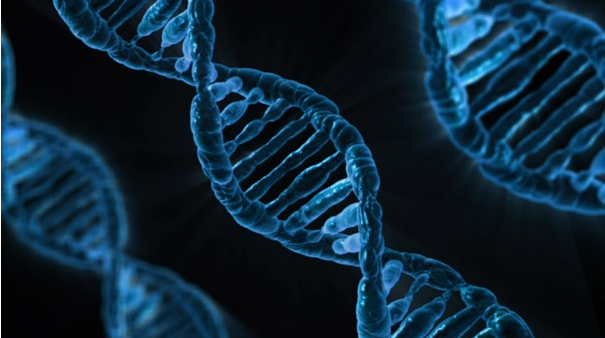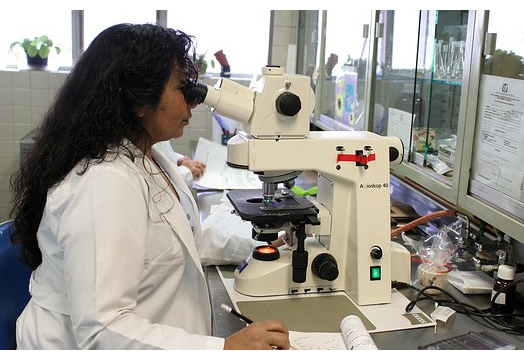6 amazing details about genes that will blow your mind

When most people hear of genes and DNA, their mind thinks of the family court in paternity cases. Some will think about the DNA fingerprinting technology commonly used in crime scenes in the movies. Nonetheless, you might already know what genes are if you have some background in biology from school. By definition, genes are simply functional units of heredity, commonly used in the synthesis of protein molecules or other products of genetics.
As a topic, we would probably need a whole book (or several) to cover enough information about genes. However, there are many cool facts about your genes worth knowing. Here are six amazing details about genes that will probably blow your mind.
1. Great for Data Storage
It is known for its ability to store data. One gram of DNA can hold up to 700 terabytes of data, which translates to 5,055 Netflix’s. How cool is this? Due to this data holding capacity, scientists are experimenting with advancement methods through digital data encoding. From this, it was estimated that 1 gram could store 215 million gigabytes. In layman’s terms, all the data in the world can be stored in a sizable room.
On the same note, it is through genetic data analysis that scientists can learn more about living things and nonliving things like viruses. Gene expression analysis technology has actually advanced greatly these days. In an article titled How to Analyze NanoString nCounter Data with ROSALIND, you may not need any programming or bioinformatics skills for differential gene expression analysis and interpretation. These tools allow you to make a diverse range of discoveries from Nanostring nCounter gene expression assays. After analysis and discovery, results can also be shared in a collaborative environment with other scientists or researchers. Scientists can perform advanced analysis like:
- Contamination detection
- Covariate correction
- Batch correction
- Multi-omic analyses
- Among others
2. Your DNA Can Stretch From the Sun to Pluto
The two-way distance between the sun and Pluto is 1.2*10^13 meters. Now imagine, when your DNA is put together, it can cover this distance 17 times. Mind-blowing right! This is made possible because every genome in a cell of the body has 23 chromosome pairs with millions of nucleotides. If the DNA in one cell is stretched out, it can reach up to 2m. Putting the entire DNA together would give you a string about twice the diameter of the solar system.
3. Mitochondria Possess Their Own DNA
In most cases, chromosomal DNA is a split between both parents. However, in mtDNA, it is solely passed on from the mother. This fact makes it possible to trace the maternal lineage from far down the line. Mitochondria contain 37 genes, which are a small fraction of the entire gene composition. The mtDNA varies among individuals based on its functions and athletic performance of the individual.
4. 99.9 % of Our Genes Is Shared
It always feels great to know you are unique in so many ways compared to even your siblings or parents. Even identical twins are somehow different, and that has been proven time and again by scientific research. While this is true, it is also a fact that we are more alike than we care to admit. Since we share 99.9 percent of our genetic makeup with other humans, only 0.1% of the human genome is unique. It is this small percentage that makes us different. Also, some percentage is shared with animals, plants, and even micro-organisms. In case you didn’t know, now you know!
5. Typing Your Genetic System Requires Years
It would require 50 years to type the whole genetic system. This is assuming that you work eight hours a day and you have a typing speed of 60 words per minute. This is because, within every cell, there are about 3 billion chemical letters in a DNA code. As if that is not overwhelming, translated into small fonts, the DNA can fill about 200 yellow pages.

6. Not all DNA Is Genes
This may seem confusing considering, DNA makes up a gene. A gene is responsible for physical appearance and the formation of protein structure in our bodies. A genome contains 3 billion pairs of DNA. The human genome has 20,000 genes, which make 3% of our DNA. The rest makes up 97 % of non –coding genes. Scientists say that these play vital roles in controlling the activities of the genes.
Your genes can link you to ancestral roots and places your mind cannot wrap around. With the above cool facts about your genes, you will learn to appreciate science more.
Â





